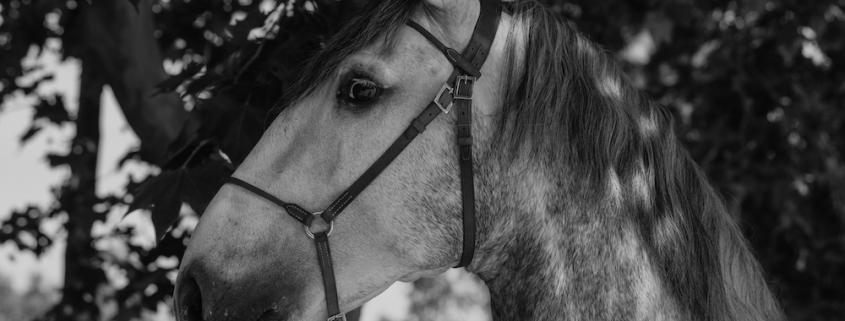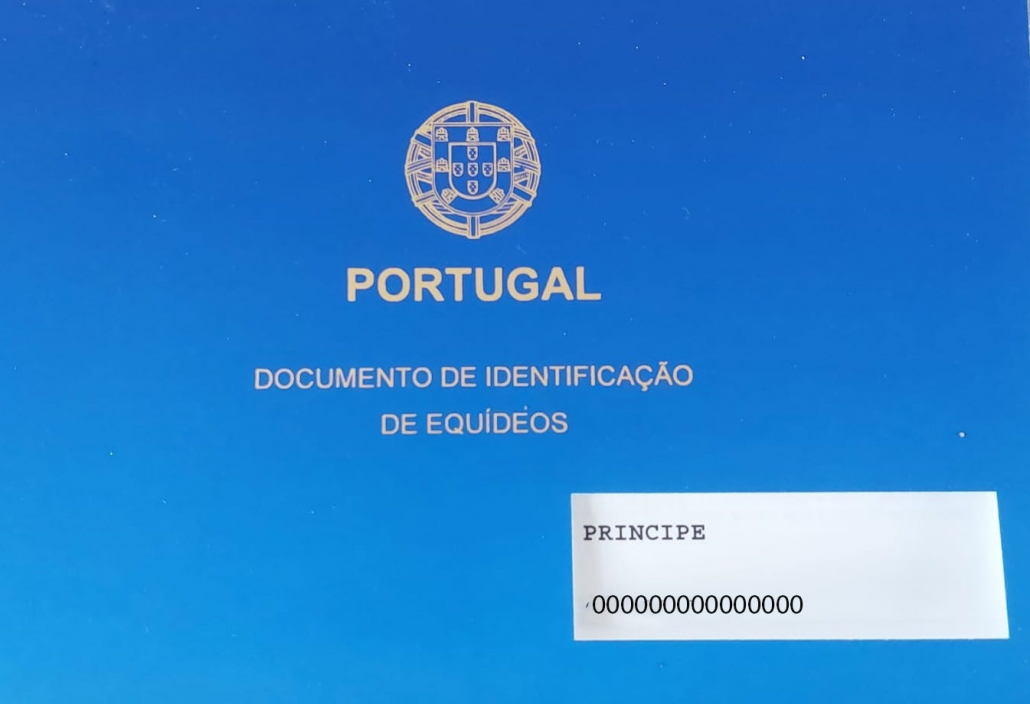How to Identify a Lusitano is Pure Bred
How do you know a Lusitano is pure bred?
Many have made the mistake of assuming the Blue Book defines a Lusitano as a pure bred horse. But this is simply not the case at all. When you are looking to buy a Lusitano horse or start breeding project it is important to understand how the breed is registered and approved.
It is the registration and approval and not the blue book that denotes a pure bred Lusitano horse
THE BLUE BOOK
The purpose of this book is to act as –
- A passport for travel nationally and internationally.
- A way to identify the horse.
- To keep a record of the required vaccinations.
- The book must be with the horse at all times.
A cross bred Lusitano can have a blue book and in fact to be exported they have to have one. In Portugal many cross bred Lusitanos have a green book as it is cheaper and quicker to get. However should the owner wish to sell their horse to a buyer outside of the country a blue book must be obtained. To do this a vet needs to visit in order to registered the horse´s chip number, note distinguishing features etc.
The signed paperwork with proof of ownership etc and the payment is submitted to the APSL to issue the blue book. If you are waiting to export your Lusitano sometimes it is possible to pay an extra fee to express this service.
- Note all vaccines must be update in the blue book for travel.
Registering and Approving a Lusitano
A Lusitano is only classed as a Pure Bred Lusitano if it is registered with the APSL in the adult studbook. Both the parents have to be approved for breeding and registered. However a Lusitano can be registered in the studbook and not approved for breeding.
Note : A foal born, from un-approved and or unregistered parents, will not be accepted. If the parents are registered, but not yet approved after the foal is born, they have a certain amount of time to approve the parents.Should they fail their approval, the foal will not be classed as a purebred but instead as a cross bred.
Blood and DNA
The parents of the horse have to be blood tested and/or have DNA taken, this is done at an approval or when the horse is registered. This ensures all offspring have proof of their parentage. Usually the blood is taken from the foals in the first year to identify them and their parents.
To look up a Lusitano and check he/she is registered as pure bred and is approved for breeding you need to have the following information
- The full name of the horse
- The name of the breeder
- NIN/Chip/UELN
One or all of these will ensure that you can search in the Public access to the Stud Book on the APSL website (https://www.cavalo-lusitano.com/en)
If the horse is registered they will be shown here will their details, date of birth, colour, breeder, owner and bloodlines.
Understanding what defines a cross bred Lusitano
A cross-bred Lusitano can have a couple of meaning –
- It is actually a Lusitano cross with another breed. There is now a new class of Lusitano which is a ´Luso Warmblood’ (Sport Lusitano) and this is a Lusitano crossed with another sport breed such as a warmblood.
- It is a Lusitano but one or both of the parents were never approved for breeding. This can happen if one dies before getting to be approved or the owner simply never took the horse for approval or they did and the horse failed to reach the grades required.
- If the Lusitano has never been registered
When you are buying a Lusitano you can easily check the registration online. The seller and or agent should provide you with all the details you need to check for yourself. If this is not forthcoming then we recommend you look elsewhere for a horse.





